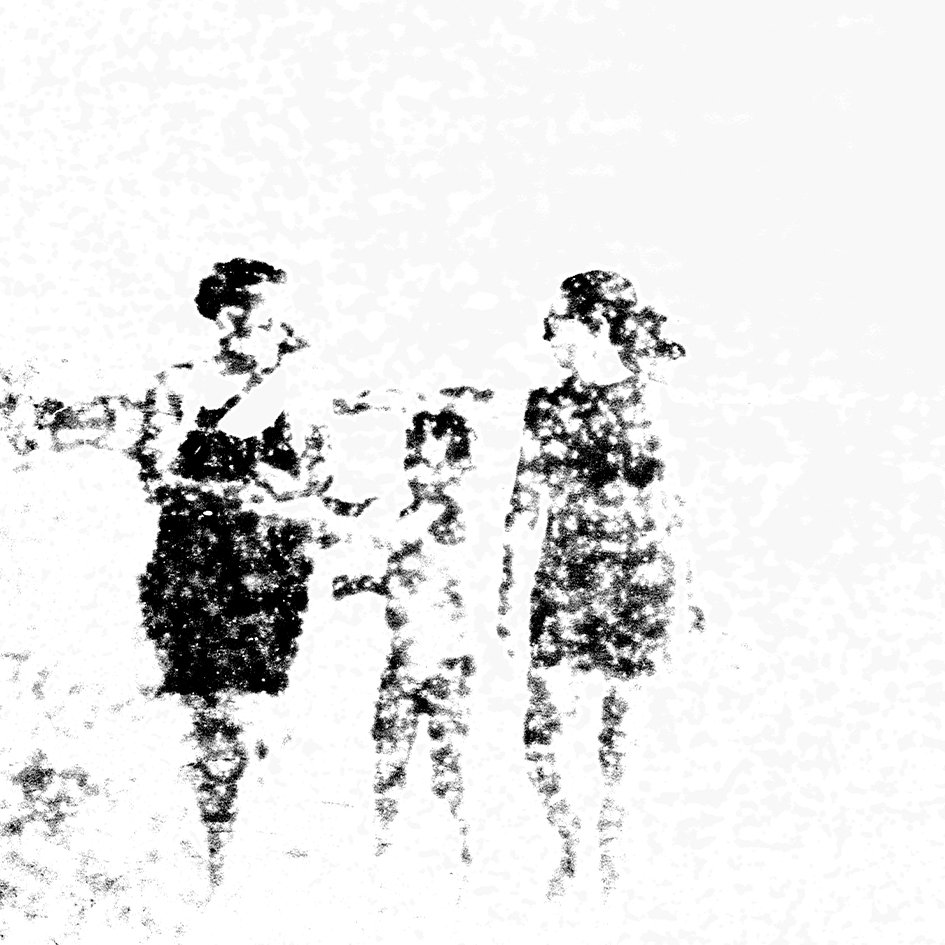Embracing the Imperfect - Exploring the Holga Photography
The Holga camera, first produced in Hong Kong in the early 1980s, emerged not as a technological breakthrough but as a humble, affordable camera meant for the mass market. Ironically, its simplicity and flaws became the features that made it a cult favorite among photographers. Those who are drawn to the Holga look aren’t chasing technical perfection but instead love the raw, tactile beauty of imperfection. Its light leaks, vignetting, and soft focus create photos that feel less like precise documentation and more like fragments of memory, hazy and emotional. A key charm of Holga shooting lies in its unpredictability. Because the body is made of lightweight plastic and the controls are basic, the final image often defies complete control. Light may sneak in through unexpected gaps; the lens may distort edges into shadowy curves; colors may shift unexpectedly. For some photographers, these are flaws to avoid; for others, they are the heartbeat of the photographs. This lack of precision makes it perfect for experimentation. Without the need for expensive gear or strict expectations, photographers are free to treat each shot as an open-ended question rather than a planned answer. Double exposures, intentional blurs, and playful compositions flow naturally from the process. The resulting images often have an almost musical spontaneity, a captured musical composition in photography.
Holga photography also thrives through its community. Over decades, enthusiasts have built a global network of exhibitions, zines, online forums, and collaborative projects. These gatherings focus less on competition and more on sharing experiences and appreciating photo art. This community turns Holga into more than just a camera; it creates a shared culture where each photographer adds to an evolving visual language. In a world obsessed with sharpness, speed, and perfection, the Holga ethos is a rebellious form of art. Philosophically, Holga photography can be seen as a quiet resistance to the idea that progress means flawlessness. The acceptance, even celebration, of light leaks and distortions echoes the Japanese idea of wabi-sabi, where beauty is found in impermanence, incompleteness, and irregularity. Holga images remind us that the world we live in isn’t a catalog of perfect surfaces but a shifting, imperfect reality. In this way, Holga isn’t just a camera; it’s a tool for existential reflection: teaching us to see beauty where control ends. The Holga aesthetic invites us to reconsider our relationship with imperfection. These images aren’t focused on flawlessness; instead, they live in a space where technical irregularities become expressive elements. They remind us that reality isn’t always sharp, that memories are often blurry, and that beauty can flourish where control slips away. By embracing this unpredictability, Holga photographers create images that are both personal and universal moments suspended between the real and the imagined. The Holga isn’t just a camera; it’s a philosophical stance in photography that celebrates the imperfect.

